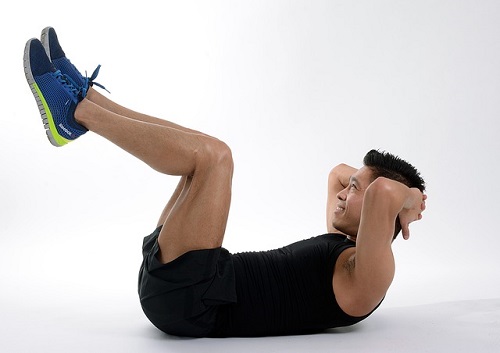Newest Exercises For Homesitters
| Disclosure: The links on this page are "Affiliate Links" and while these are shown at no costs to our viewers, they generate commissions for our website(s) |
Being a home-sitter can be comfortable. As a matter of fact, people have been using the excuse of being a stay-at-home mom or day or working from home as an excusable reason for the way their body looks and most importantly, the way their body feels. Wouldn't it be great though, for that latter comment to have positive connotations? To take the sitting out of the home? Forget the latest in home curtain designs, let's look at the newest trends in at-home exercise so you can be self-proud as well as home proud.

HIIT Training
High Intensity Interval Training (HIIT) has gained a tremendous amount of popularity in the last years for its efficiency in burning fat. By alternating intense movement with short recovery sets, HIIT keeps your body burning fat hours after you've finished a workout.
Popular amongst athletes, bodybuilders, and busy homemakers, high intensity interval training is a highly efficient form of exercise that can produce phenomenal results with a short dedication of 25-40 minutes a day.
How it Works
High intensity interval training is intense , but intensity is what makes this workout so effective. During HIIT, your body works so hard that it cannot keep up with your muscle's oxygen needs, harboring "debt" that needs to be repaid post-workout. In other words, your body is forced to work overtime to catch up, revving up your metabolism and catalyzing some serious fat loss in the process.
How to do it at Home
The great thing about HIIT is that it is incredibly easy to incorporate into any routine with or without a gym (or equipment for that matter). Simply work some short, regular bouts of movement into your regular regimen; intense sets should last 2 minutes with a 30-second rest period between.
DVD Example: Insanity and Insanity Asylum designed by track-and-field star and personal trainer, Shaun T for Beach body.

Wearable Technology
Even though home-sitting can be a job all in its own, there's only a set amount of space to traverse within that home and you'd be surprised to know how inactive "busy" can be. In today's world of home offices and online platforms, being busy doesn’t necessarily mean engaging in physical activity- and that's where wearable technology comes in.
Wearable technology works by the same logic as tracking your calories. It allows you to reach a reasonable health-progressive goal by the simple act of monitoring.
A recent study by the Journal of Epidemiology has everyone trying to avoid the sedentary lifestyle that creeps in those 23 hours after you've left the gym or finished that yoga class. The study shows that sitting for more than six hours a day can increase the chances of premature death by as much as 37 percent.
Wearable trackers are useful because they quantify the actual facts of our largely overestimated perception of personal physical activity.
Gadgets like Fit bit, Jawbone UP, and Nike's Nike+ Fuel Band SE not only track your physical activity throughout the day, but also nudge you to meet your designated fitness goals by sending out an alert if you've been sitting or inactive for 45 minutes.
Body Weight Training
For years, home sitters have excused their lack of a fitness regime to their inability to access extra time or workout equipment. If you've been reading up to this point, you'll notice that in the span of two paragraphs, 1) there are ways to exercise without equipment and 2) despite their "busy" lives, a great majority of people are still finding the time to sit for 3-6 hours a day.
Body weight training has always been around, yet it is a growing trend precisely because there is a market for minimalist fitness. When you learn that you can get a good workout without anything but your own body and, if you go the HIIT way, within 25-40 minutes, getting fit is no longer excusable.
Functional Fitness
Functional fitness is a different form of exercise in that it prepares you for what you do- even if it's just that activity you take for granted in your day-to-day life. The idea here is that if you're going to do something, you should do it well.
Functional fitness is the main technique used to rehabilitate those who have been physically impaired either by injury, disease, or old age and has become a popular phrase among fitness gurus to explain the purpose of fitness.
Functional fitness is effective because it anchors on the relatable and motivating concepts of adaptation and practicality. This type of workout taps into your instinctual body movement to train your body to give 100 percent- whether your day consists of battling bears or carrying a baby on your hip whilst simultaneously feeding a fidgety toddler.




